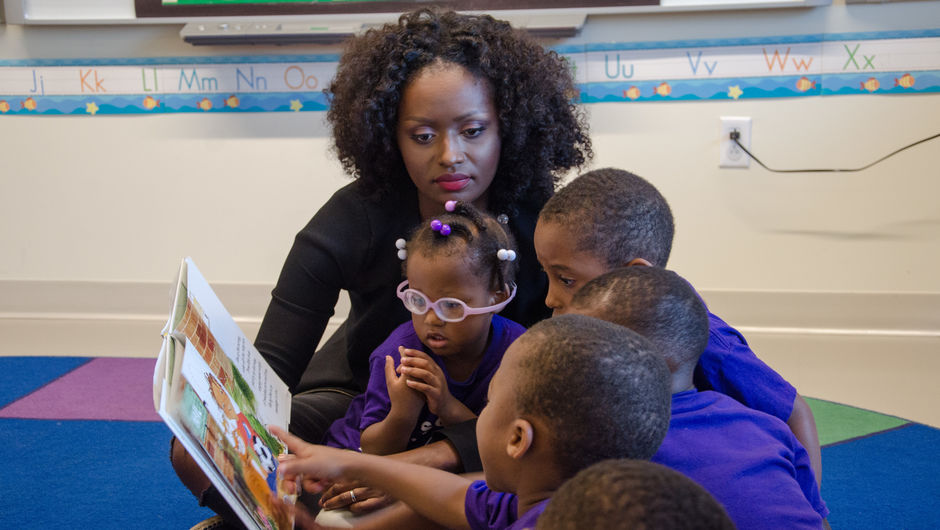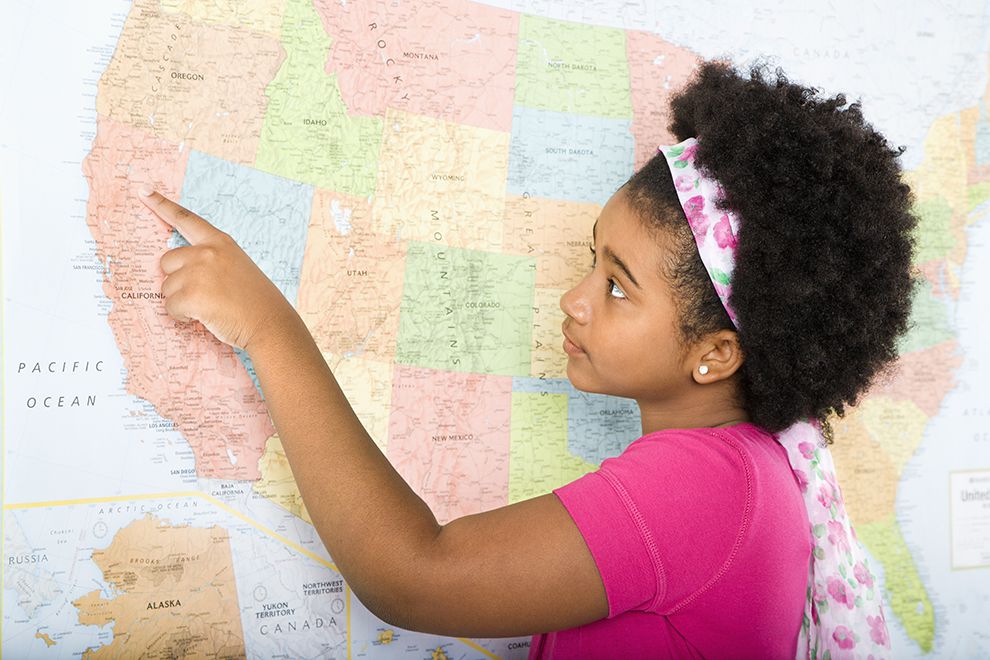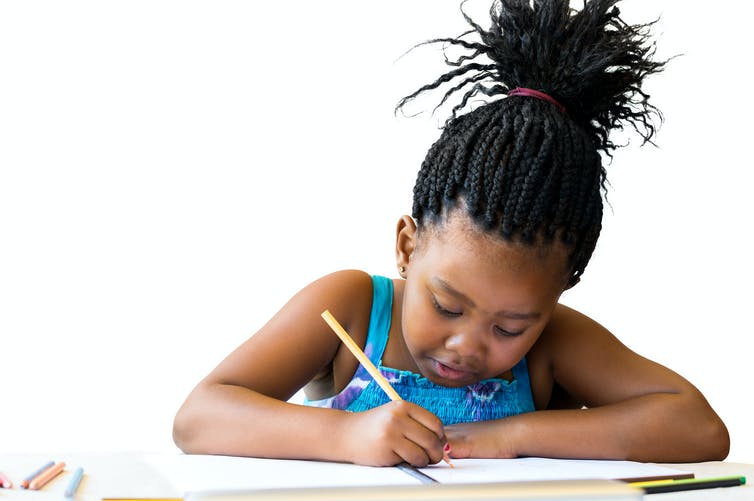
As a teacher, you come across different types of students every day. You have the overachiever, the class clown, the one who falls asleep, the one who always daydreams, the anxious one, the one who’s involved with everything, the one that’s really an artist, the one who never comes prepared, the one who gets high grades with hardly ever studying, the list is endless.
All these students are very different, and they work at their own pace. You’re trying to get insight into each of them, and hopefully, figure out how best they learn so you can inculcate your lessons to suit them all, but sometimes you go down in flames.
Can you relate to this?
Understandably so, it can be very frustrating having to teach different students with different learning styles and still be expected to keep a cool head and teach effectively.
Well, you are not alone, and there is a solution to this problem. In this blog, we’ll explain the globally accepted four different learning styles, and guide you towards the path in assisting your students in learning effectively.
How Best Do Students Learn?
Every child has different learning preferences. Among the different ways of learning, some prefer to learn by hearing, some by seeing, others by doing, some by reading, and others by asking questions. One thing all students have in common is that they all learn best when they can incorporate items and topics that interest them into their studies, for example, building blocks, music, fashion, airplanes, etc.
While there are different learning styles, your student will likely have several styles and not just one. However, you may be able to see patterns in their learning preferences. For example, a student who is a visual learner may also be a very social and verbal learner who prefers to learn especially difficult topics using their primary skills.
Understanding how your student learns is perhaps one of the most important parts of schooling. Learning styles allow your students to get the most from their learning experience.
The four different learning styles include: visual, auditory, reading/writing, and kinesthetic. Identifying your students as having some of these learning styles, and aligning your overall curriculum with these learning styles, will prove to be beneficial for your entire classroom.
Keep in mind, sometimes you may find that it’s a combination of all three sensory modalities that may be the best option. Allowing students to access information in terms they are comfortable with will increase their academic confidence.
Visual

Visual learners prefer the use of images, maps, and graphic organizers to access and understand new information.
Auditory

Auditory learners best understand new content through listening and speaking in situations such as lectures and group discussions. Aural learners use repetition as a study technique.
Read & Write

Students with a strong reading/writing preference learn best through words. These students may present themselves as copious note-takers or avid readers and can translate abstract concepts into words and essays.
Kinesthetic

Students who are kinesthetic learners best understand information through tactile representations of information. These students are hands-on learners and learn best through figuring things out by hand (For instance, understanding how a clock works by putting one together).
By understanding what kind of learner your students are, you can now gain a better perspective on how to implement these learning styles into your lesson plans, study techniques, and assessments.
Want to stay in the loop about the Gradely teacher training and get more teaching tips and tricks? Join our teachers’ community HERE.
If you have any questions or concerns leave them in the comment box below. We’re very happy to give answers to all your inquiries.
Share Post:
admin
Get our latest articles in your inbox. Sign up for email alerts.


